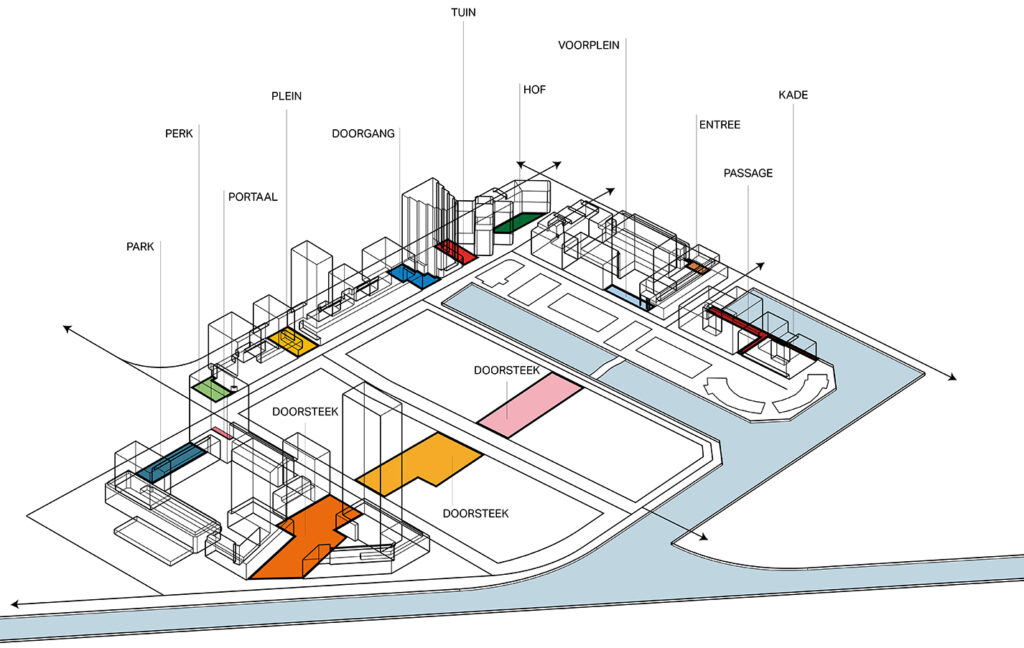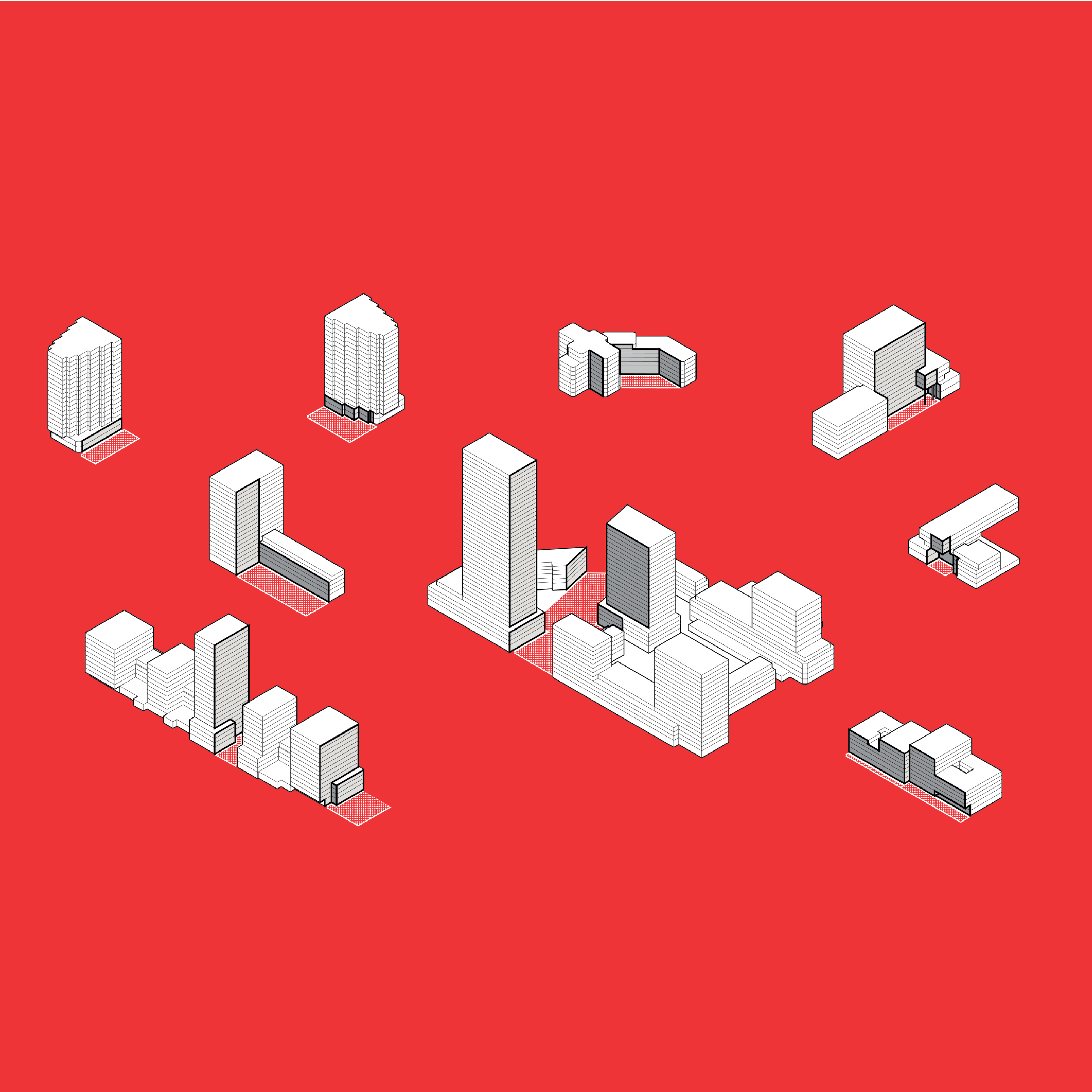- Type: Research by Design
- Full title: Pocket places_Our home is more than our house
- Funded and supported by: Stimuleringsfonds, gemeente Rijswijk
- Ideation: Henk Hartzema
- Core team: Aikaterina Myserli (project leader), Niels Verdonk
- Status: 2021-2022
In the footsteps of the Dutch city: Traditionally, the Dutch city has been a layered but egalitarian entity. A refined urban fabric, within which different groups live in peaceful co-existence. We have a tradition of a resourceful society, with values such as collectivity and social elevation, which are translated into orchestrated spatial compositions of urbanity and landscape, facilities and forms of living that match them. These values are in line with the teachings of Berlage, Van Lohuizen, Van Eesteren, Verhagen and many others. The search for space and new collectivity is a social perspective that can be applied on a small scale.
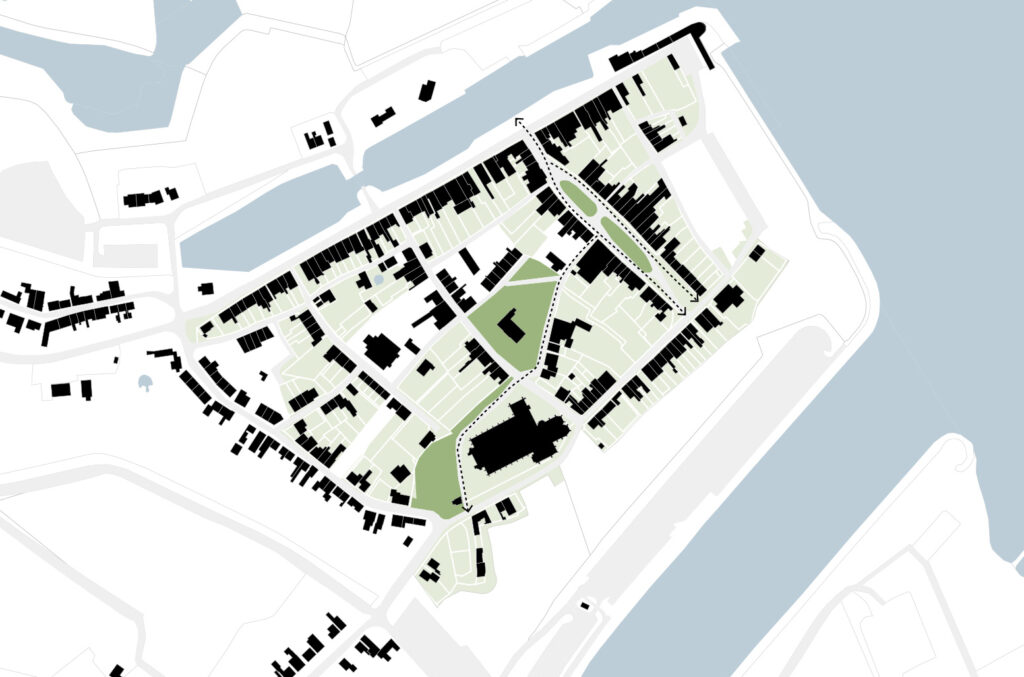
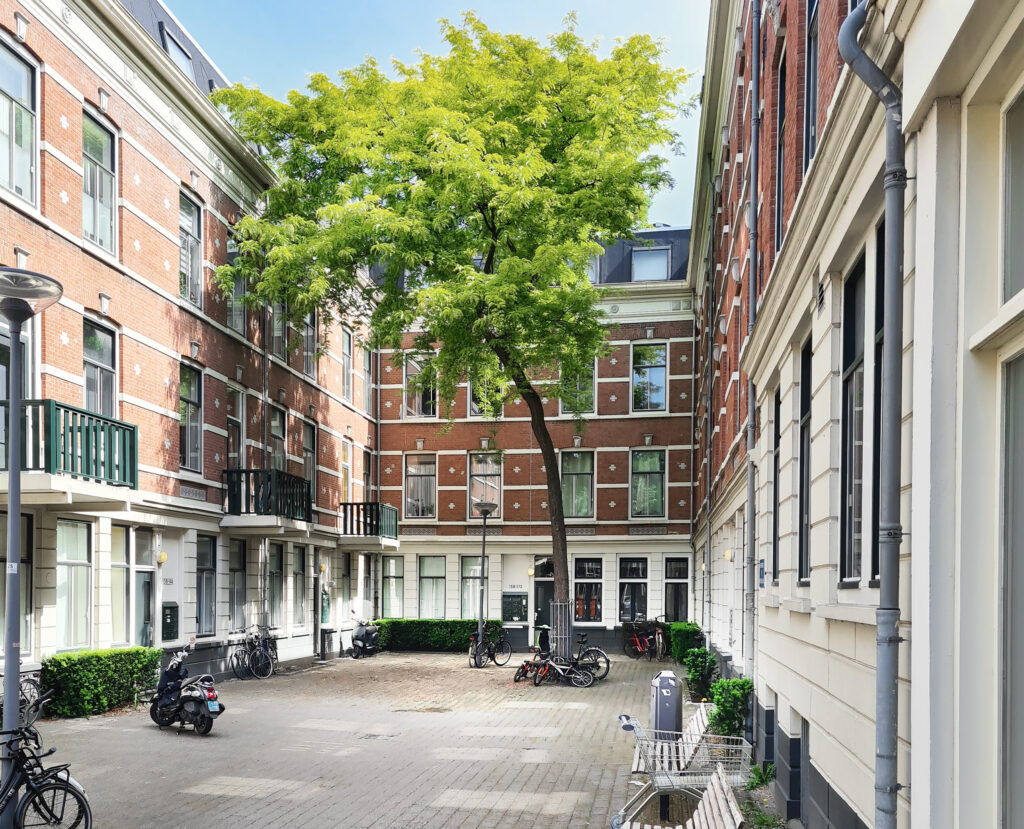
Rijswijk as a city of the future: With 54,000 inhabitants and an area of 1,444ha, Rijswijk is a medium-sized Dutch city. Rijswijk is a particularly green municipality, a wonderful exception to the rule. Almost half of the surface of Rijswijk is open space, with extensive parks and estates. The green has an important function in use and quality of life. The densification and growth of Rijswijk can be reflected in the robust and stable qualities of the landscape. The more the Randstad develops, the more exceptional Rijswijk becomes.
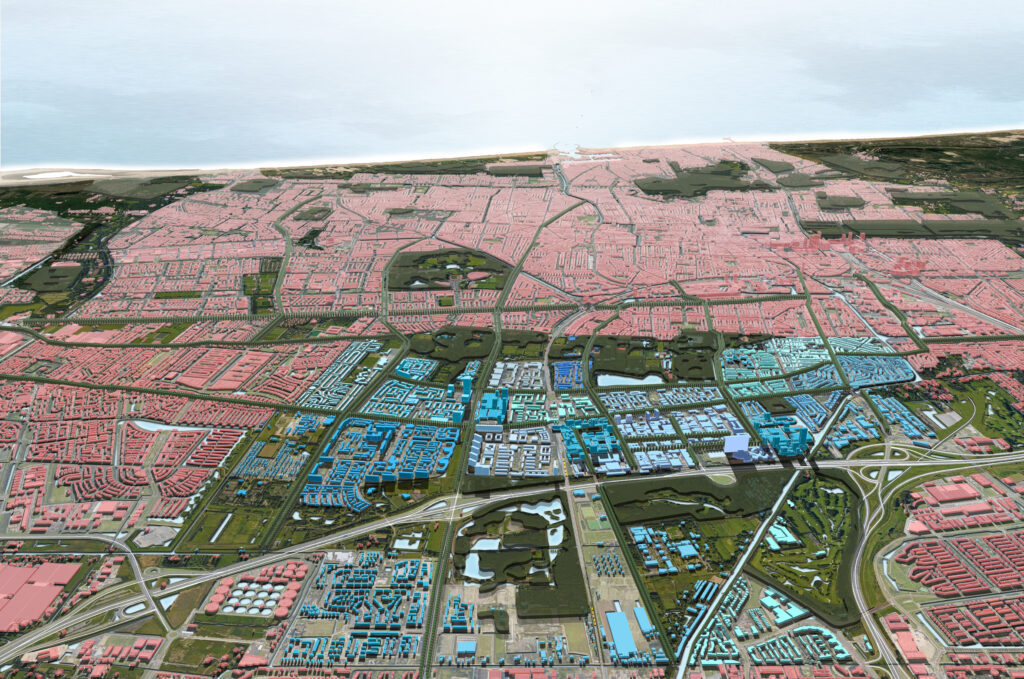
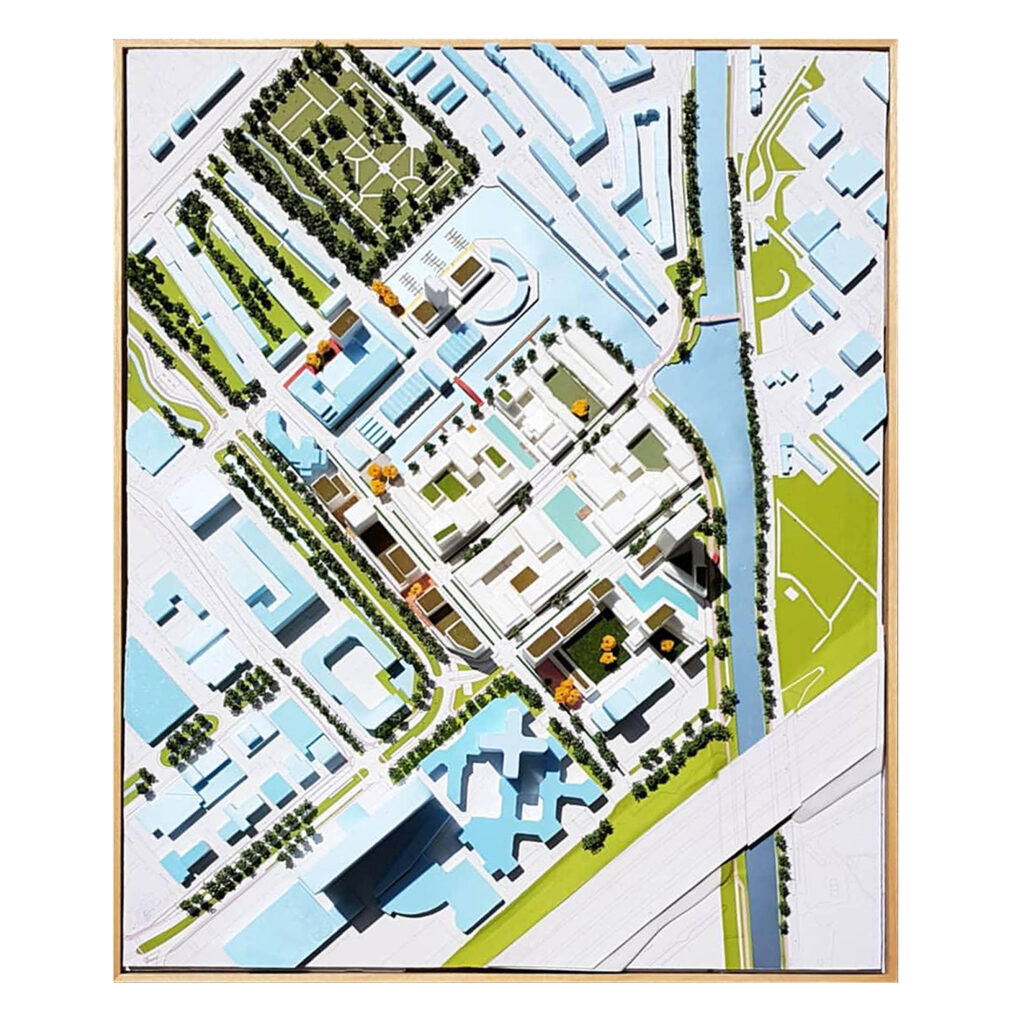
Pocket places, making space where it becomes scarce: The mixed character of the future area requires an actual public character of the environment. The layout of the outdoor space is therefore a crucial factor in the transformation of the area. Pocket places are an answer to this. Owners offer 20% of their lot to make room for collective spaces. This can be designed as a quay, (fore) square, passage, wide sidewalk, etc. The choice depends on the location and intended developments. An additional result is a richer and more layered city. The developers can compensate for the ‘lost’ floor space in duplicate on top of the base height of the plan (4+1 layer).

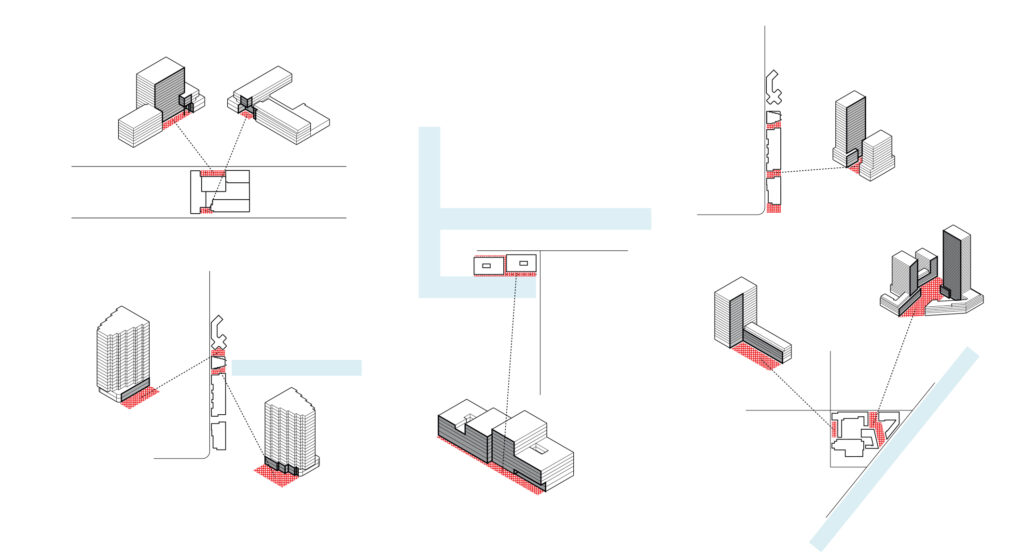
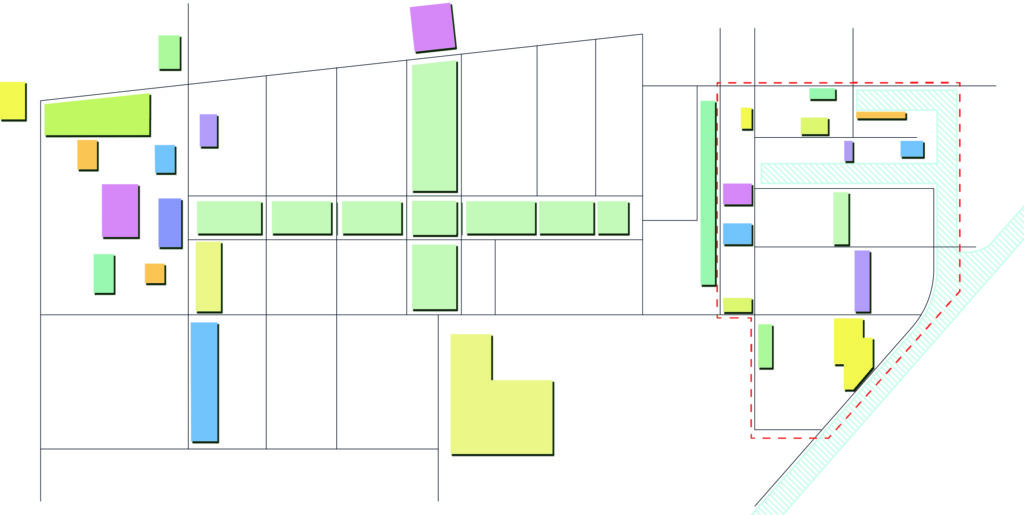
Elaboration: The pocket places are an addition to the structure of the public space. Places, squares and passages that complement the roads, harbor basins and quays. The hypothesis is that these pocket places contribute as a social design to the well-being of residents and users in this crowded part of the city. Layout, form, and management are the means through which an expansion of the residential area takes place. The home becomes bigger than the house. The outdoor space can be added to the quality of the home. The house does not turn away but reaches out to the street.
